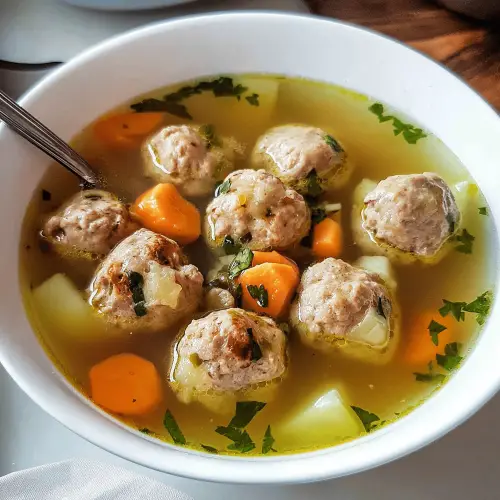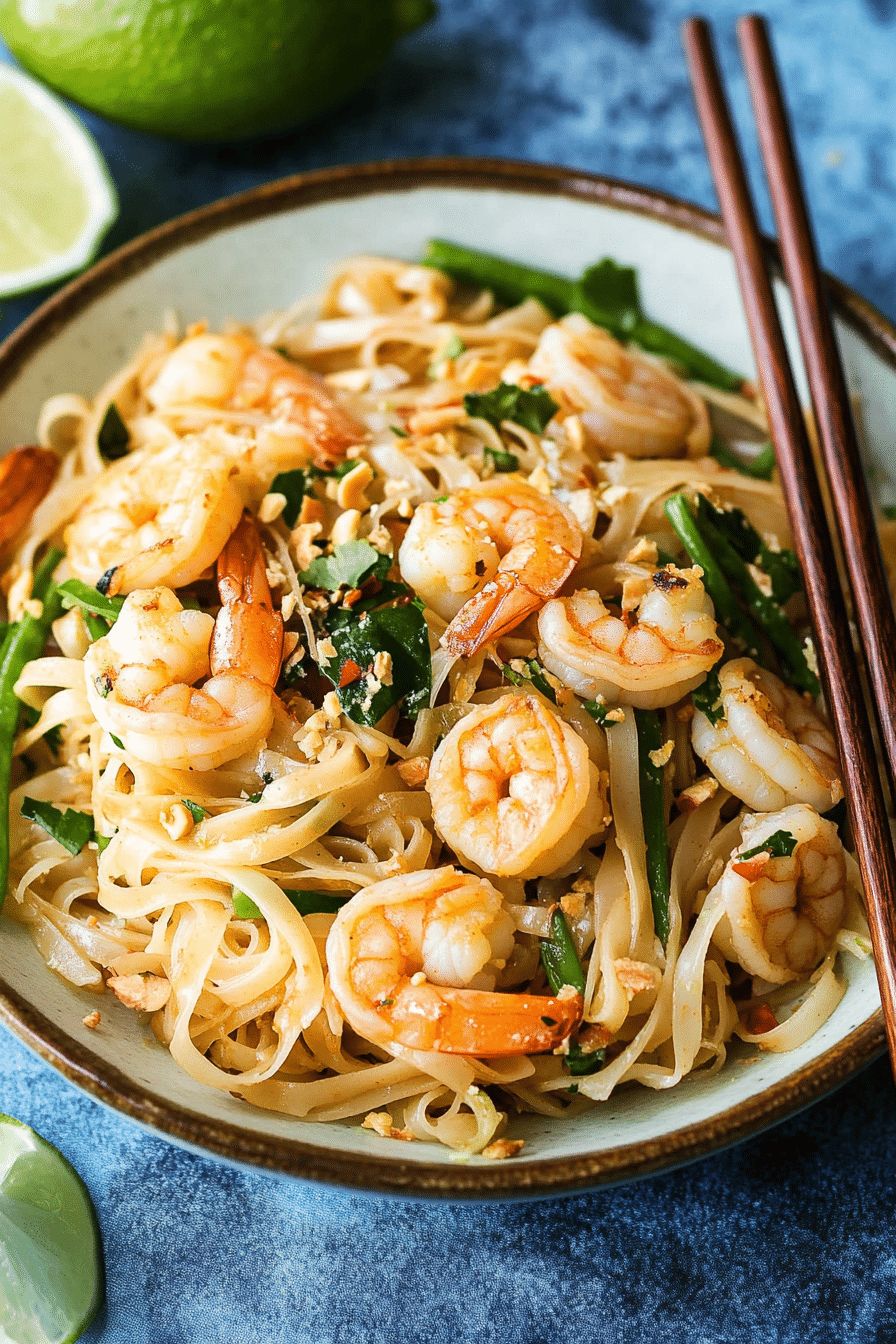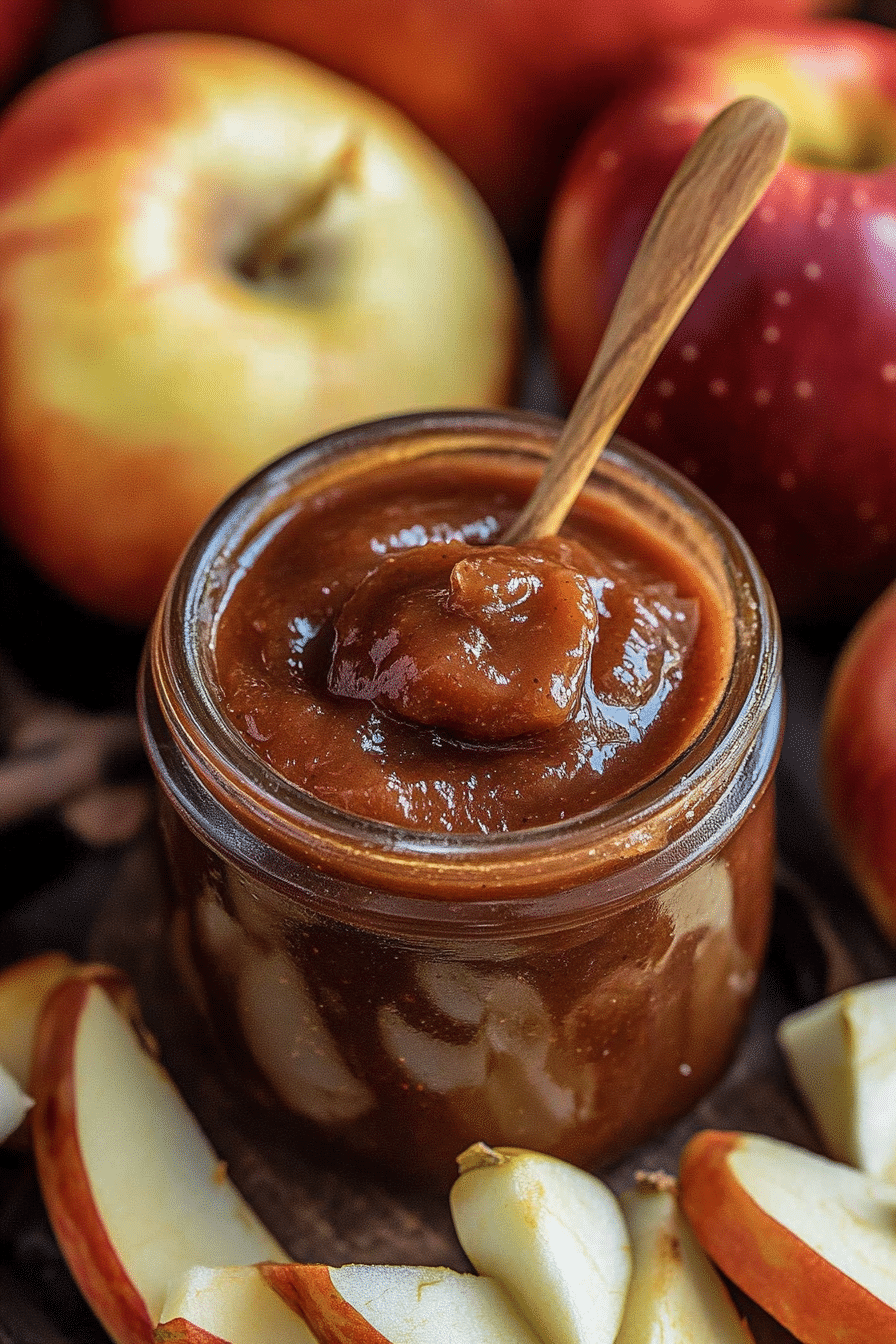I’ve tried foods from all over the world as a seasoned culinary explorer. Yet, nothing caught my interest like the first time I had homemade porcupine soup. In a cozy village, deep in the wilderness, I stepped into a lodge. The smell of savory porcupine soup filled the air. This stew was not only delicious but also showed how food can be a mix of comfort and adventure.
In this guide, I will take you on a journey like a story I once read. It described a man, hidden yet alive, similar to the vibrant paintings by Caravaggio. Just like the tale in “The Artist and the Assassin”, the porcupine soup recipe I will share is complex and exciting. It invites you to try new and unique tastes.
Making this porcupine soup is not something you do every day, but it’s an art. It’s about mixing flavors and textures in a special way. I’ll help you make your own homemade porcupine soup. It will show off your cooking skills and introduce you to the wonderful world of global cuisine.
Key Takeaways
- Homemade porcupine soup is a unique and rich culinary experience.
- Understanding the art of the porcupine soup recipe is akin to discovering a hidden gem in art, much like inside stories from historical novelties.
- An exploration of savory porcupine soup is both an adventure for the palette and a showstopper for guests.
- Culinary skills expand with learning to create hearty, yet sophisticated dishes like porcupine soup.
- A gourmet dish that nods to tradition can still surprise and delight the modern gourmet.
What is Porcupine Soup?
Porcupine soup is a unique and rich meal. It blends the special taste of porcupine with herbs and spices. It comes from places with porcupines and shows off traditional cooking skills. Anyone new to this will find its history and making interesting.
Overview of the dish
When making porcupine soup, you cook the porcupine meat slowly. This makes it tender and tasty. The soup is filled with a rich broth and local spices that bring out the meat’s flavors. It’s more than just food; it’s comfort, especially when it’s cold. Its uniqueness is in the rare and special texture of the porcupine, valued in some traditions.
Cultural significance
In some traditions, porcupine soup is very important. It shows the value of using local and wild foods. Long ago, when farm meat was rare, porcupines were key for protein. Nowadays, it’s not so common but connects people to a life close to nature. Making and eating porcupine soup is a cherished tradition in these places, sharing it at festivals and special times.
If you want to try other unique recipes with strong cultural backgrounds, check out How to make Texas Roadhouse smothered chicken. Though it uses familiar ingredients, the taste is extraordinary.
Ingredients You’ll Need
Making the best porcupine soup starts with picking top-notch ingredients. A great porcupine soup isn’t just about the meat. It also includes various veggies and herbs for a tasty flavor mix. Let’s look at the key ingredients for porcupine soup and some extra flavor enhancers that can Make the soup even better.
Main Ingredients
The main ingredients are vital for the soup’s real taste and rich broth. Here’s what you need:
- Porcupine meat – It’s the main feature, offering a gamey yet tender texture when cooked right.
- Fresh vegetables like carrots, celery, and tomatoes – They bring sweetness, color, and depth to the broth.
- Hearty potatoes – They add a comforting and filling touch.
- Onions and garlic – These build the base flavors, making the meat taste even better.
- Herbs such as bay leaves, thyme, and parsley – They add wonderful aromas to the soup.
Optional Flavor Boosters
While the main ingredients set the stage, optional additions let you customize the taste. Here are some extras that can change up the soup:
- A splash of white wine – Adds a touch of acidity and depth.
- Smoked paprika or chipotle powder – Brings a soft smokiness that fits well with the meat.
- A drizzle of truffle oil – Gives the soup a fancy finish.
- Lemon zest – Makes the soup fresher without masking other tastes.
| Ingredient | Quantity (Approx.) | Purpose |
|---|---|---|
| Porcupine Meat | 1 lb | Main source of protein and taste |
| Carrots | 2 large | Makes it sweet and adds texture |
| White Wine | 1/2 cup | Boosts depth and complexity |
| Smoked Paprika | 1 tsp | Offers a hint of smoke |
| Lemon Zest | 1 tbsp | Gives a zesty, fresh finish |
Using these ingredients will ensure your porcupine soup is rich and hearty. Whether you stick to the basics or add some boosters, it’s bound to be a comforting and exciting meal.
Preparing the Broth
Starting with the broth is key to making a great homemade porcupine soup. It’s the base that determines if your soup will be just okay or truly amazing. Taking time to prepare and choose your broth carefully really makes a difference.
Choosing the right base
Picking the right base is important whether it’s for a fancy dinner or a simple meal. I suggest using a rich bone broth for its taste and health benefits. For vegetarians, a thick vegetable stock is great too. Adding ingredients full of nutrients, like bone marrow or fresh veggies, makes the broth tastier and healthier.
Simmering for flavor
The next step is simmering your base to bring out its flavors. Being patient is crucial here. Letting the broth simmer gently with onions, garlic, and herbs will draw out their tastes. This makes a perfect broth for cooking the porcupine meat. Slow simmering combines all the flavors well, creating a delicious homemade porcupine soup.
Cooking the Porcupine Meat
Creating a tasty porcupine stew starts with how you prep the meat. It’s known for a special texture. To keep it tender and juicy, certain ways of cooking are key. Let’s look at how to Make this unique protein into a yummy main dish.

Tips for Tenderness
First off, marinating the meat keeps it tender while cooking. Use vinegar or lemon juice with herbs and spices. This not only flavors the meat but also softens it. Cooking it slowly is also crucial. Slow cooking or braising lets it cook well without getting tough. Quick cooking methods, though, might dry it out, so take your time with porcupine stew.
Cooking Times and Techniques
For proper cooking, a low and slow method is best. Cooking times could change based on the cut. But, simmering in a stew for 2-3 hours on low heat works well. This process cooks the meat fully, blending the flavors nicely and making it very tender.
When cooking porcupine meat, think about the cooking liquid too. A tasty broth or spiced sauce can add extra flavor. This keeps the meat moist and adds to its taste.
To sum up, cooking porcupine meat right means marinating, slow cooking, and choosing tasty liquids. Try these tips next time you make porcupine stew. You’ll end up with a flavor-rich, traditional meal.
Hello fellow food adventurers, cooking porcupine meat is an art that guarantees a uniquely satisfying culinary experience when done right!
Adding Vegetables
Vegetables do more than add nutrition; they’re key to making porcupine soup taste better. We’ll look at the best veggies to mix into this tasty dish.
Best veggies for porcupine soup
Picking the right veggies can make your porcupine soup stand out. Here’s what works best:
- Carrots: Their sweetness balances the gaminess of porcupine meat.
- Celery: Adds a slight bitterness and crunchy texture.
- Potatoes: Thickens the soup, making it more substantial and comforting.
- Spinach: A quick addition towards the end of cooking that introduces a color pop and a dose of iron.
Nutritional benefits
Adding veggies to your porcupine soup boosts its taste and healthiness:
- Carrots and spinach are full of vitamins A and C for immune support and skin health.
- Celery is packed with vitamin K, crucial for blood clotting and strong bones.
- Potatoes are a top source of potassium, keeping blood pressure in check.
So, when making porcupine soup, think of these vegetables. They’re not just tasty but healthy too.
Flavoring Your Soup
When you decide to make porcupine soup, learning to season the broth right is key. It turns your soup from okay to amazing. Getting the balance and the spices right isn’t just about depth. It’s about making the porcupine meat’s unique taste shine.
Spices to Consider
On your quest to make flavorful soup, picking the right spices is crucial. They should boost the soup’s taste without overpowering it. Here are some spices that work well with rich meats like porcupine:
- Bay Leaves: Add at the beginning to slowly infuse the broth.
- Thyme: Pairs excellently with gamey meats, providing a subtle, earthy flavor.
- Black Pepper: Ground fresh for a bright, piquant note.
- Smoked Paprika: Provides a hint of smoke, perfect for enhancing the meaty aroma.
Balancing Flavors
Creating great porcupine soup means balancing strong flavors well. You can mellow the meat’s gaminess with herbs and a bit of acid. This balance adds brightness and cuts the richness. Here’s how to round out the flavors:
- Add a splash of apple cider vinegar or lemon juice at the end for brightness.
- Taste often and adjust salt to make sure flavors pop but stay balanced.
- A touch of sweetness, like honey, works with dark spices like clove or allspice.
By focusing on these tips, you can make a complex and tasty soup. This soup will respect porcupine meat’s unique flavor and show off your cooking talent. It’s a must-learn skill for any cook or food lover excited about making amazing homemade porcupine soup.
Alternatives to Porcupine Meat
The porcupine Soup Recipe is tasty but hard to make due to its main ingredient. Luckily, there are great alternatives to porcupine meat that keep the unique taste.
Other Protein Options
Game meats like venison or rabbit are good choices. They taste a lot like porcupine and work well in soup. Turkey or chicken thighs are also nice options. They add a rich flavor similar to wild meats, perfect for porcupine soup recipes.
Vegetarian Variations
If you’re looking for a meatless option, try mushrooms, jackfruit, or tofu. These can look and feel like meat in your soup. They make sure your vegetarian porcupine soup is as rich and tasty as the original.
Trying alternatives to porcupine meat makes the dish easier to make and enjoy for everyone. You can pick another meat or a vegetarian option and still taste the amazing flavors and variety in the porcupine Soup Recipe.
Common Mistakes to Avoid
Making the best porcupine soup requires avoiding certain errors. It’s crucial to cook the porcupine meat well and season the soup properly.
Overcooking the Meat
Avoid overcooking the meat since it should be tender, not tough. Simmer the meat slowly on low heat. This keeps its flavors and makes it tender. The slow cooking pulls out the meat’s rich flavors, making your soup hearty.
Skipping the Seasoning
Seasoning is key. Porcupine meat tastes good when seasoned right. Use herbs and spices that enhance its flavor. Without them, your soup may taste bland.
To see why diverse foods in your diet are important, read how eating porcupine brains can help in survival situations. It shows why eating different foods is beneficial.
In short, avoiding these mistakes will help in your culinary journey. With proper cooking and seasoning, your porcupine soup could be extraordinary.
Serving Suggestions
When your homemade porcupine soup is done, a thoughtful presentation can elevate it. I’ll show how to serve porcupine soup beautifully, boosting its taste and look.
Ideal Pairings
Picking the right accompaniments makes porcupine soup even more enjoyable. A Cabernet Sauvignon, with its full body, pairs well. It matches the soup’s rich flavors. Add rustic bread or a hearty salad with vinaigrette to complete the meal.
Presentation Tips
How your porcupine soup looks is key. Use a bold, deep bowl for presentation. Adding fresh herbs or a cream swirl brings elegance and flavor hints.
| Component | Recommendation | Reason |
|---|---|---|
| Beverage | Full-bodied Red Wine | Complements the richness of the soup |
| Side Dish | Rustic Bread | Helps in sopping up the broth; adds texture contrast |
| Garnish | Fresh Herbs (e.g., parsley or chives) | Enhances flavor and adds a fresh visual element |
Storing Leftovers
After making your amazing porcupine soup, it’s key to store it right so you can enjoy it again. Keeping your soup tasty and safe is what matters most. We’ll cover how to refrigerate and reheat it the right way.
Refrigeration Guidelines
To store porcupine soup well, cool it fast. Use shallow containers to spread the soup. This makes it cool quicker. Seal the containers well and put them in the fridge, set at or below 40°F (4°C). Your soup stays yummy and safe, and you can enjoy it for 3 to 4 days.
Reheating Methods
When it’s time to eat your porcupine soup again, warming it up right is crucial. Reheat it gently on the stove or in a microwave. Make sure it reaches 165°F (74°C) inside, so it’s safe to eat. Stir now and then to make the heat spread evenly. This brings back the great taste and smell.
By sticking to these tips for storing and reheating, you make sure your porcupine soup stays perfect. It means every time you have it, it’s just as good as the first.
Health Benefits of Porcupine Soup
Porcupine soup is more than just tasty. It offers health benefits of porcupine soup too. It’s made mostly of porcupine meat. This meat is not just delicious but also packed with nutrients.
The nutritious porcupine stew is loaded with vitamins and minerals we all need. But what does that mean for our health? Let’s find out.
Nutritional Profile
Porcupine meat is lean and filled with high-quality proteins. These proteins help fix and grow muscles. Plus, it has healthy fats, like in fish, good for the heart.
It’s also full of iron, zinc, and B vitamins. These are key for energy and keeping our metabolism running smoothly. When you add veggies, the stew becomes even better for you.
Immune System Support
Porcupine soup doesn’t just offer nutrition. It also boosts your immune system. Adding fresh herbs and spices can fight inflammation. This helps keep you healthy and protected from sickness.
To learn more about why porcupine meat is so good, especially in tough times, go to The MeatEater. The nutrient-packed meat is really helpful when good food is scarce.
| Nutrient | Benefit |
|---|---|
| Protein | Muscle repair and growth |
| Omega-3 fatty acids | Heart health |
| Iron | Oxygen transport and energy production |
| Vitamin B12 | Red blood cell formation and nerve function |
To get the most out of health benefits of porcupine soup, add many veggies. They not only make it taste better but also add fiber. This helps with digestion and boosts your immune system even more.
Creative Variations
Exploring the world of porcupine Soup Recipe variations is inspiring. Different regions add their unique touch. Thus, making customizable porcupine soup a mix of local flavors and traditional cooking.
Regional twists
In my travels, I’ve noticed unique regional takes on porcupine soup. Some chefs add local spices, bringing new zest. From Mediterranean herbs in Europe to piquant spices in Asia, the flavors are endless.
Seasonal adaptations
The magic of customizable porcupine soup also shows in its seasonal flexibility. Adding seasonal veggies and meats reflects the current harvest’s best. Think butternut squash in fall or fresh greens like asparagus in spring.
The heart of a great porcupine Soup Recipe lies in trying new things. Whether it’s adding new spices or local produce, each change makes the soup special. It’s a chance for cooks of all levels to create something unique.
Conclusion: Embrace the Flavor Adventure
Our journey through this unique dish ends, yet the warmth of sharing culture and taste lingers. The mix of spices in Anjappar egg fried rice mirrors the complexities of porcupine soup. This adventure into porcupine soup invites you into a world of rich flavors. It’s more than a recipe; it’s a dive into culinary depth. This soup will dazzle, whether you’re showing off in the kitchen or trying something new.
Encouragement to try and share
I urge you to not just make this dish but also share its warmth with loved ones. Sharing meals is a timeless tradition, creating lasting memories. Let the making and sharing of porcupine soup draw everyone closer. Its inviting aroma and taste will surely capture hearts.
Invitation to customize recipes
Feel free to make this recipe truly yours. Use local ingredients or change the spices to delight your guests. Experimenting in the kitchen uncovers new tastes and twists on classics. Let’s keep the porcupine soup adventure fresh and exciting, one spoonful at a time.
FAQ
What exactly is porcupine soup?
Porcupine soup is a rich dish made from slow-cooked porcupine meat. It’s served in a flavorful broth, offering a unique taste.
Can you tell me about the cultural significance of porcupine soup?
In areas where porcupines live, porcupine soup is a traditional food. It shows clever use of local animals and respects nature.
What are the main ingredients I will need for porcupine soup?
You’ll need porcupine meat, vegetables like carrots and potatoes, and herbs. Thyme and bay leaves give it a great flavor.
Are there optional ingredients that can enhance the flavor of my porcupine soup?
Yes! Add smoked paprika, a bit of red wine, or rosemary. They make the soup taste even better.
How do I choose the right base for the broth?
Choose a broth that matches well with porcupine meat. Vegetable stock or bone broth are good. Pick one that adds depth.
What should I consider when simmering the broth?
Consider how long you simmer and what aromatics, like garlic or onions, you add. They should make the broth rich and full of flavor.
How can I ensure the porcupine meat in my soup is tender?
Marinate the meat first, then cook it slowly on low heat. This makes it really tender.
What are the nutritional benefits of adding vegetables to porcupine soup?
Vegetables add vitamins, minerals, and fiber. They make the soup healthier and tastier.
What spices should I use in my porcupine soup?
Use Black Pepper, cumin, and coriander. They enhance the taste but don’t overpower the meat.
Are there alternatives to using porcupine meat in the soup?
You can use rabbit, venison, or chicken instead. For a vegetarian soup, try using lentils or beans.
What common mistakes should I avoid when making porcupine soup?
Don’t overcook the meat or underseason the soup. Always taste and adjust the flavors as you cook.
Do you have any serving suggestions for porcupine soup?
Serve with crusty bread and robust red wine. Garnish with fresh herbs to enhance the flavor.
What’s the best way to store leftovers of porcupine soup?
Cool the soup, then keep it in airtight containers in the fridge. It lasts 3-4 days. Freeze for longer storage.
Can porcupine soup really benefit my immune system?
Yes, it’s full of nutrients from the meat, vegetables, and herbs. Garlic and some spices can boost your immunity.
How can I add creative variations to my porcupine soup recipe?
Try adding local flavors or seasonal ingredients. This keeps your soup interesting and varied.

Porcupine Soup: An Unexpected Delight for Your Palette
Ingredients
Main Ingredients
- 1 lb Ground Beef Lean ground beef is recommended
- 0.5 cup Uncooked Long-Grain Rice
- 1 medium Onion Chopped
- 2 cloves Garlic Minced
- 1 can Diced Tomatoes (28 ounces), undrained
- 4 cups Beef Broth
- 1 tsp Dried Oregano
- 0.5 tsp Salt
- 0.25 tsp Black Pepper
Instructions
Preparation Steps
- In a large pot or Dutch oven, brown the ground beef over medium-high heat. Drain off any excess grease.
- Add the chopped onion and minced garlic to the pot and cook until softened, about 5 minutes.
- Stir in the diced tomatoes (undrained), beef broth, uncooked rice, dried oregano, salt, and pepper. Bring the mixture to a boil.
- Reduce the heat to low, cover the pot, and simmer for 35-40 minutes, or until the rice is cooked through and the soup has thickened.
- Serve hot and enjoy!
Notes
Featured Comments
“[…] meaning of LOTR lembas bread is powerful in Tolkien’s world and beyond. Made from a secret elvish lembas bread recipe, it stands for endurance and support. In the stories, Elves shared it carefully with non-Elves. […]”
“[…] culinary journey, try this sausage, kale, and white bean soup. Reminiscent of classic recipes like porcupine soup, it’s not just food. It’s a story of tradition and culture with every ingredient and […]”
“[…] you’re looking for a unique dish, try the porcupine soup recipe. It’s hearty and interesting, just like the italian sausage soup, but with a […]”
“[…] I love cooking and have found many old recipes. But making my fish soup feels very special to me. One day, with lots of leftover salmon and a craving for something warm, I made Salmon Fish Head Soup. It quickly became a favorite in my home. It brings the tastes of Asia into my kitchen, feeling like a hug with its rich flavors. In just 40 minutes, I’ll show you how to make a broth that feels like the hug of a traditional fish head soup1. […]”
“[…] great thing about this easy soup recipe is not just the simple cleanup. It’s also how you can change the seasoning and ingredients. […]”
“[…] Interested in mixing things up? Learn about making porcupine soup, where traditional techniques blend with unique ingredients, here. […]”
















[…] Interested in mixing things up? Learn about making porcupine soup, where traditional techniques blend with unique ingredients, here. […]
[…] great thing about this easy soup recipe is not just the simple cleanup. It’s also how you can change the seasoning and ingredients. […]
[…] I love cooking and have found many old recipes. But making my fish soup feels very special to me. One day, with lots of leftover salmon and a craving for something warm, I made Salmon Fish Head Soup. It quickly became a favorite in my home. It brings the tastes of Asia into my kitchen, feeling like a hug with its rich flavors. In just 40 minutes, I’ll show you how to make a broth that feels like the hug of a traditional fish head soup1. […]
[…] you’re looking for a unique dish, try the porcupine soup recipe. It’s hearty and interesting, just like the italian sausage soup, but with a […]
[…] culinary journey, try this sausage, kale, and white bean soup. Reminiscent of classic recipes like porcupine soup, it’s not just food. It’s a story of tradition and culture with every ingredient and […]
[…] meaning of LOTR lembas bread is powerful in Tolkien’s world and beyond. Made from a secret elvish lembas bread recipe, it stands for endurance and support. In the stories, Elves shared it carefully with non-Elves. […]